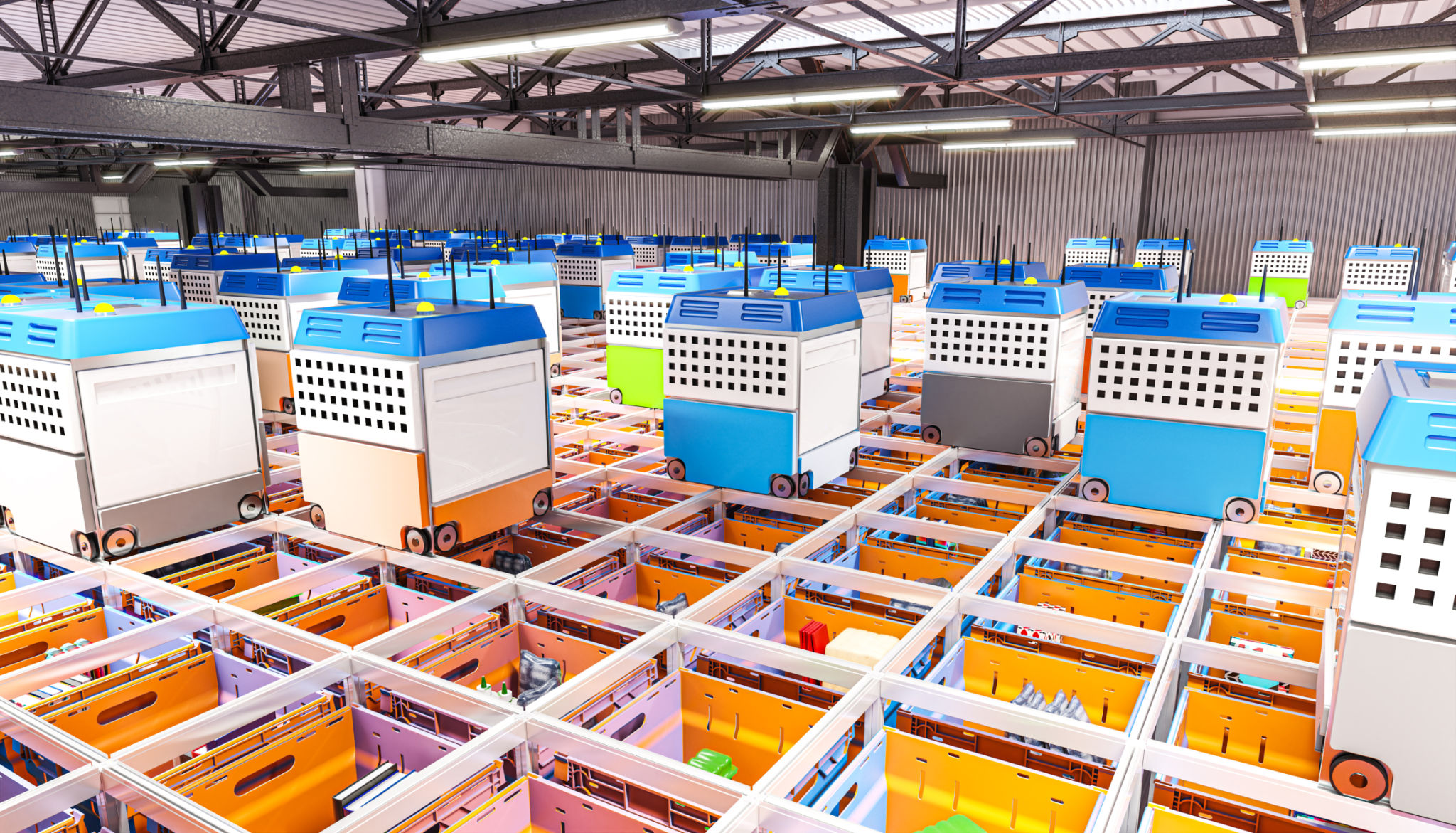The Ultimate Guide to Setting Up Airtable Automations for Job Tracking
Introduction to Airtable Automations
Airtable is a powerful tool that combines the simplicity of a spreadsheet with the complexity of a database. One of its standout features is its automation capabilities. Automations in Airtable can save you time and streamline processes, especially when it comes to job tracking. By setting up automations, you can ensure that your workflow is consistent and efficient.

Why Use Automations for Job Tracking?
Job tracking can be a daunting task, particularly when managing multiple projects simultaneously. With Airtable automations, you can automate repetitive tasks such as data entry, status updates, and notifications. This not only reduces the margin for error but also frees up your time to focus on more strategic tasks.
Automations can also improve team collaboration by ensuring that everyone is on the same page regarding project statuses and deadlines. This enhanced communication helps in maintaining transparency and accountability.
Getting Started with Airtable Automations
To begin setting up automations in Airtable, you'll first need to create a base that includes all relevant job tracking fields. Ensure that your base is comprehensive with fields such as job title, assigned team members, deadlines, and status updates. Once your base is ready, you can start setting up automations.

Creating Your First Automation
To create an automation, navigate to the "Automations" tab in your Airtable base. Click on "Create an automation" to start the process. You’ll be prompted to select a trigger—this could be a new record being created or a field being updated. After selecting a trigger, choose an action like sending an email or updating a record.
Common Triggers and Actions
Airtable provides a variety of triggers and actions to suit different needs. Common triggers include when a record enters a view or when a field is updated. Some popular actions include sending notifications via email or Slack and creating new records in another table.

Advanced Automation Techniques
For more advanced uses, consider incorporating conditional logic into your automations. This allows for more dynamic responses based on specific criteria, such as sending alerts only if a deadline is approaching or if a job's status changes to "urgent."
Integrating with Other Tools
Airtable's automation capabilities can be extended by integrating with other tools like Zapier or Integromat. These integrations allow you to connect Airtable with hundreds of other applications, further enhancing your job tracking capabilities.

Troubleshooting and Best Practices
While setting up automations is straightforward, there might be instances where things don't work as expected. Always test your automations thoroughly before relying on them for critical processes. Regularly review and update them to accommodate any changes in your workflow.
Best practices include keeping your automations organized by naming them clearly and documenting their purpose and function. This will make it easier to manage them as your job tracking needs evolve.
Conclusion
Airtable automations are a game-changer for job tracking, offering a way to automate mundane tasks, enhance team collaboration, and improve overall efficiency. By following the steps outlined in this guide, you'll be able to harness the full potential of Airtable's automation features and take your job tracking to the next level.
